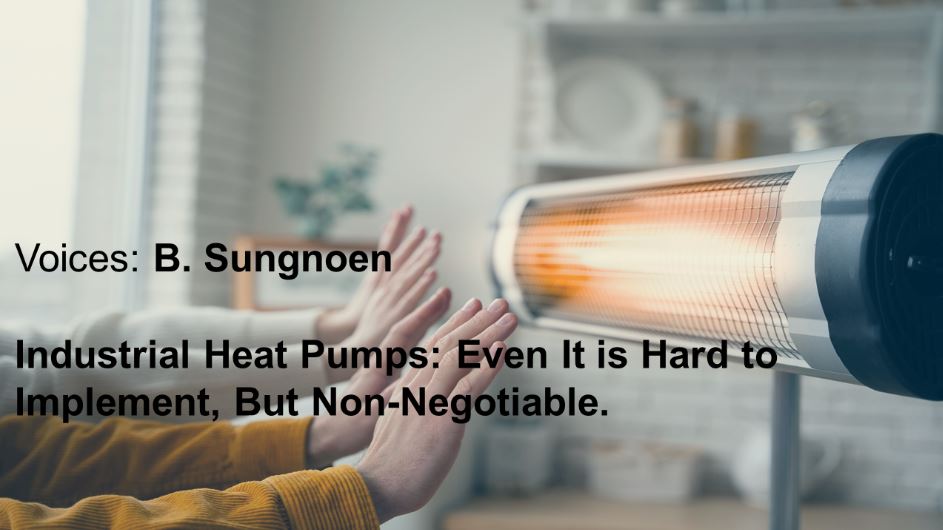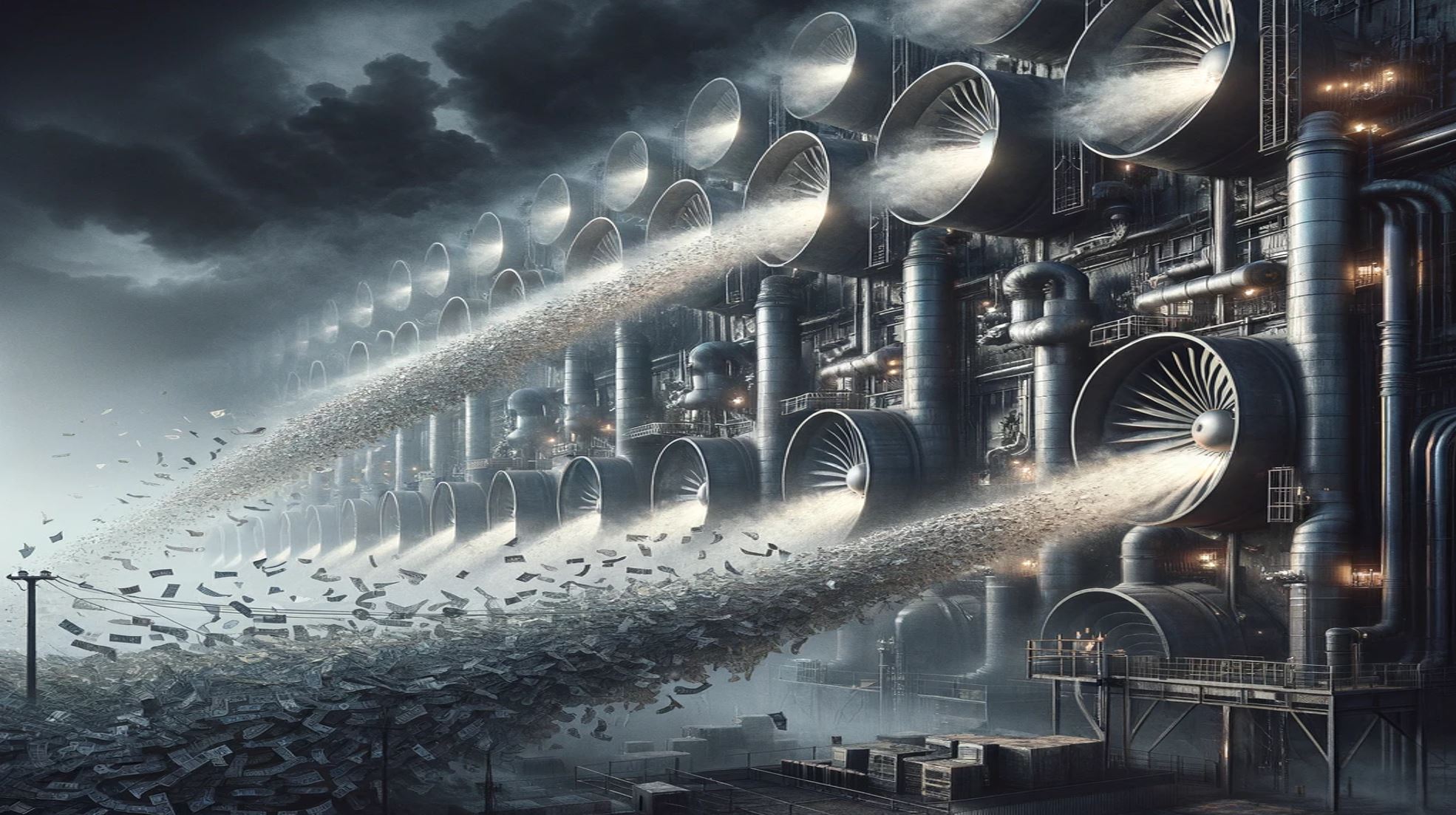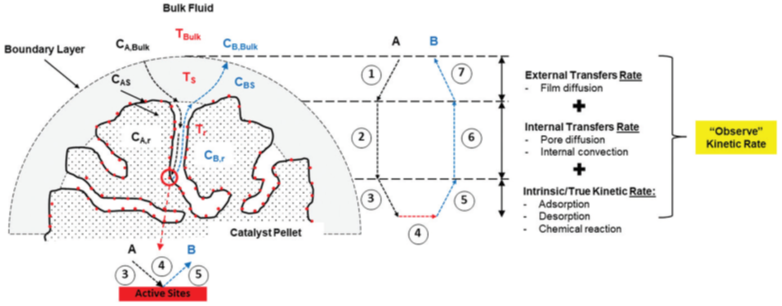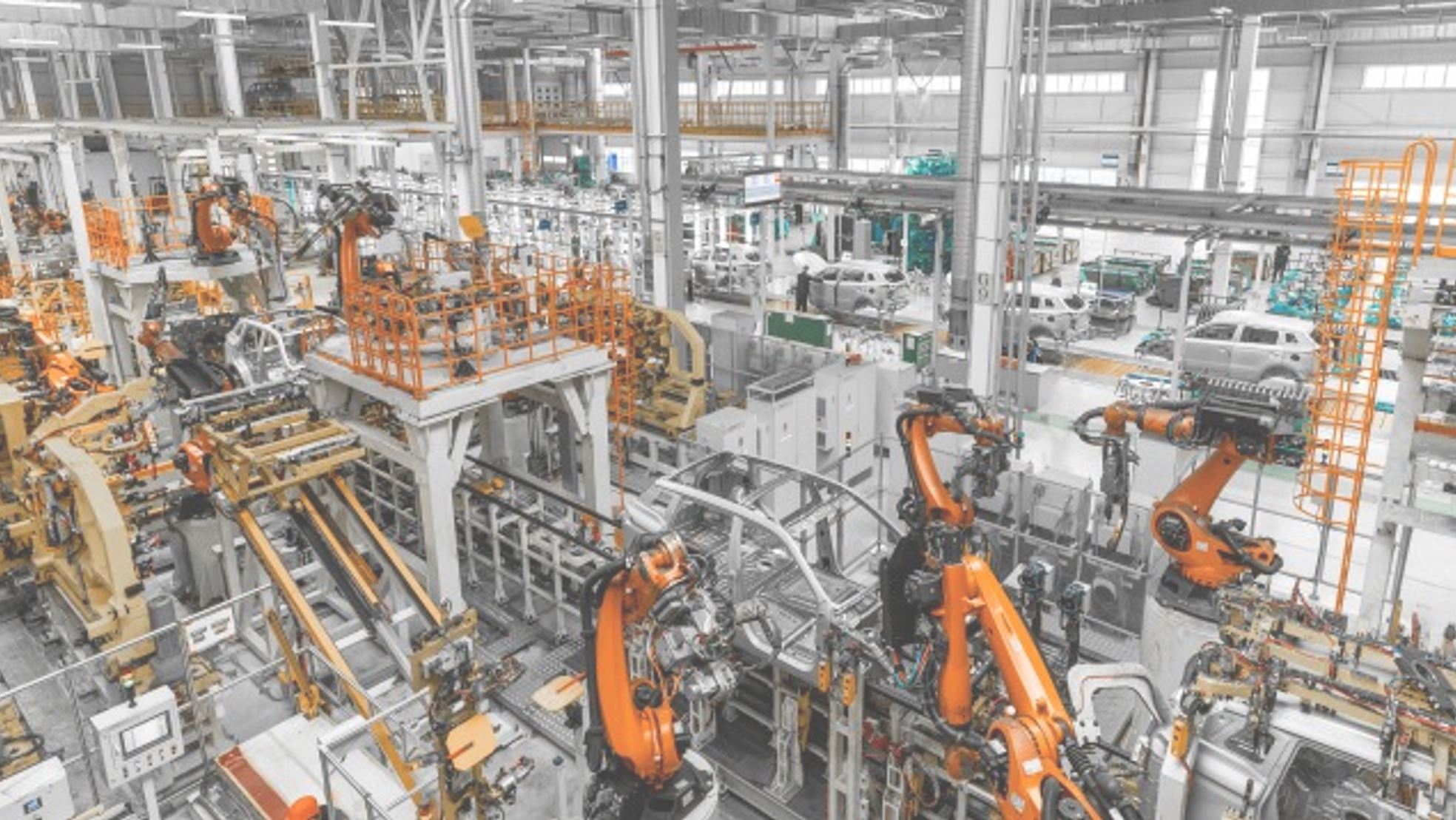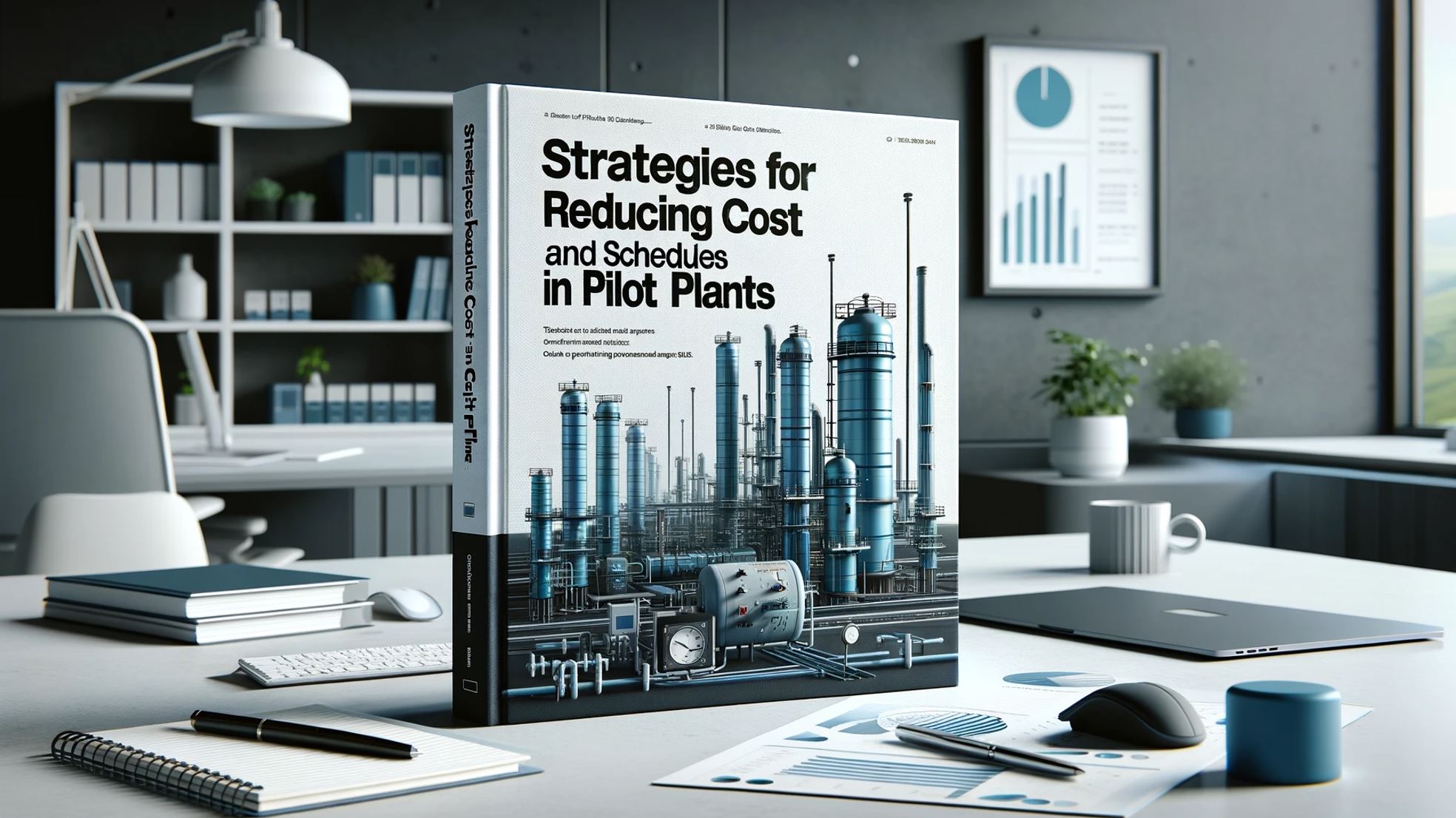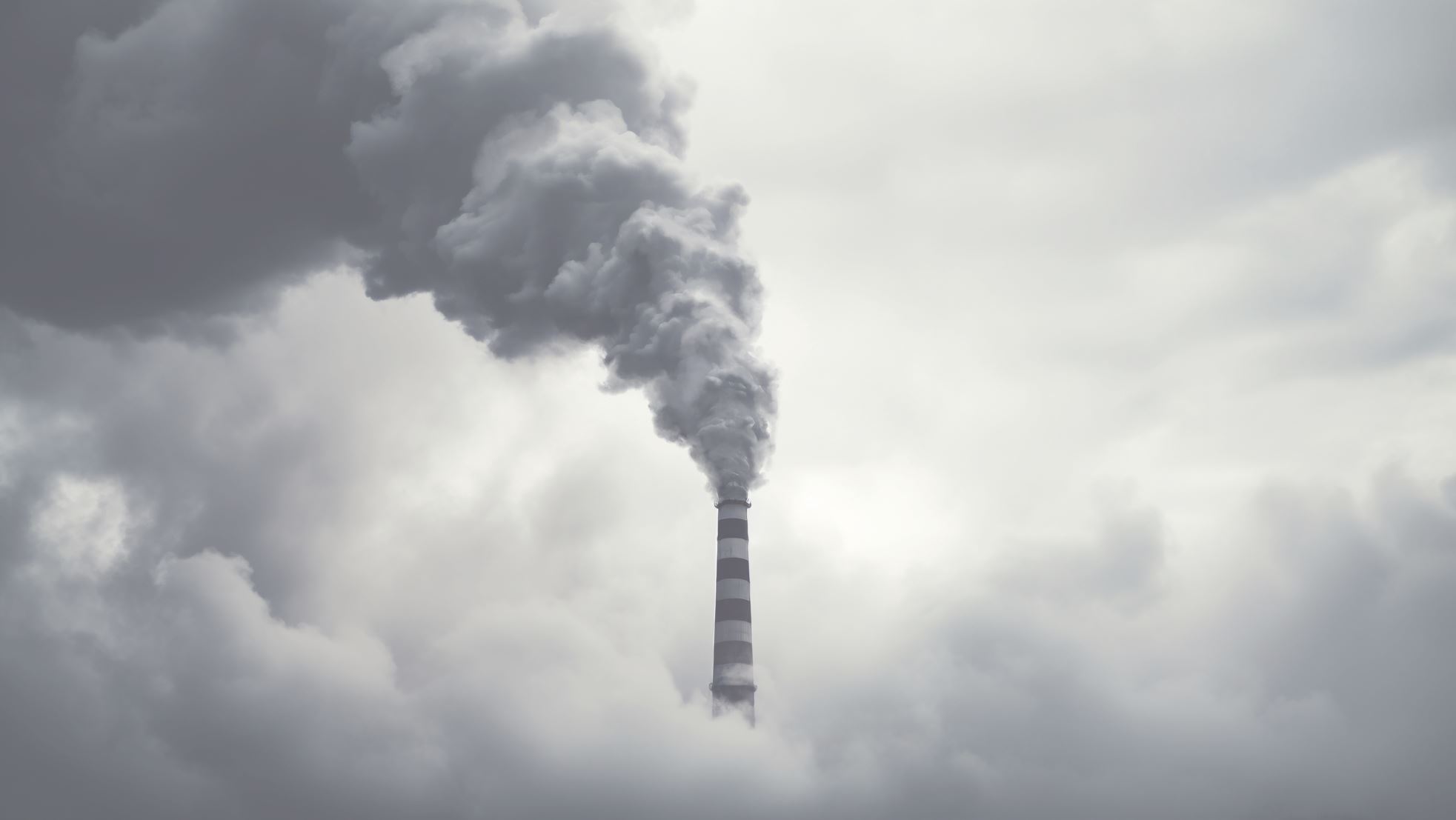Industries can generate various pollutants – air emissions (smoke, volatile chemicals, dust), water effluents (containing oils, chemicals, heavy metals), solid waste, and noise. A Pollution Control Strategy is a planned set of measures to reduce or eliminate these pollution outputs to protect the environment and comply with regulations. The most effective approach is often pollution prevention at the source. This might include using less toxic raw materials or fuels, changing to cleaner production processes, and improving process efficiency so fewer pollutants are generated in the first place. For example, a factory could switch from a solvent-based painting process to a powder coating or water-based paint to drastically cut volatile organic compound (VOC) emissions. Similarly, optimizing combustion in boilers can reduce soot and NOx emissions. After source reduction, the next layer is treatment and control technologies – commonly called “end-of-pipe” controls. For air pollution, this includes devices like scrubbers, cyclones, baghouse filters, electrostatic precipitators, and thermal oxidizers that capture or destroy pollutants before they exit to the atmosphere. For wastewater, treatment plants with steps like neutralization, biological treatment, and filtration remove contaminants before discharge. Solid waste might be minimized by recycling or treated (e.g., hazardous waste stabilization) before disposal. In recent years, beyond the traditional command-and-control regulations, many regions also employ economic incentives (like emissions trading, pollution fees) to encourage companies to innovate in pollution control. In Asia, where rapid industrial growth has sometimes outpaced environmental infrastructure, implementing effective pollution control strategies is essential to address issues such as urban air quality, river pollution, and community health.
When OSVARD engages with a client to improve pollution control, we typically begin with a comprehensive audit of the facility’s environmental aspects. We identify all the emission sources and waste streams and characterize them (e.g., what pollutants are present and in what quantities). Then we evaluate the effectiveness of any existing pollution controls in place. With this baseline, our approach follows the hierarchy: first, pollution prevention measures are explored. Can we eliminate a pollutant by changing a material or process? For instance, if a food processing plant produces a high organic load in wastewater, can we recover some of that organic matter for use as a byproduct (animal feed or biogas) instead of letting it become waste? If a production line produces a lot of solvent vapors, can closed-loop solvent recovery be introduced to both reduce emissions and save costs on raw materials? These source reduction methods are often win-win, improving environmental performance and operational efficiency simultaneously. Next, for the pollution that is technically or economically unavoidable, OSVARD designs or specifies control technologies. We ensure that these are properly sized and suited to the specific context. For example, in dust-generating operations, we might recommend a baghouse filter system, ensuring we choose filter media that can handle the dust characteristics (temperature, humidity, particle size) and meet regulatory dust emission limits. For controlling chemical vapors, a thermal oxidizer or activated carbon adsorption might be recommended depending on concentrations and flow rates. We reference standards such as NFPA (for safety of combustible dust collectors) or local effluent standards to guide our designs. OSVARD also assists with integration of these systems into the facility. Pollution control devices often require ancillary systems (fans, pumps, waste handling for collected pollutants, instrumentation to monitor performance). We help plan layouts so that, for example, ductwork from process equipment to an air pollution control device is efficient and doesn’t choke production. Additionally, we pay attention to not creating cross-media pollution: treating air might generate collected dust or slurry that needs proper disposal; wastewater treatment produces sludge that must be managed.
We also incorporate modern techniques like real-time monitoring. For critical emissions (say, a smokestack emitting SO₂ or NOₓ), continuous emissions monitoring systems (CEMS) can be installed, enabling the company and authorities to track compliance in real time and adjust processes as needed. Where regional strategies are relevant (for example, in areas with air quality management plans), OSVARD ensures the company’s strategy aligns with those broader initiatives.
Effective pollution control strategies designed by OSVARD help companies meet regulatory requirements reliably – avoiding fines, shutdowns, or community opposition. Beyond compliance, companies often see improved operational housekeeping (a well-managed waste and emissions system usually correlates with more efficient use of materials). Many clients also find that proactive pollution management improves their reputation and relationships with stakeholders. Today’s investors and customers are increasingly conscious of environmental performance.
Once systems are in place, OSVARD continues to support clients with training operators in running pollution control equipment, drafting operational manuals, and establishing maintenance plans (since a clogged filter or a broken pH sensor can render a control system ineffective). We also help set up monitoring regimes – regular sampling of wastewater, periodic stack testing, etc., as well as internal audits to ensure all environmental controls remain functional. If regulations change or production capacity increases, OSVARD assists in upgrading the pollution control measures accordingly. In summary, our tailored strategies enable companies in Asia to pursue growth without compromising on environmental responsibility, contributing to cleaner air, water, and land for their communities.
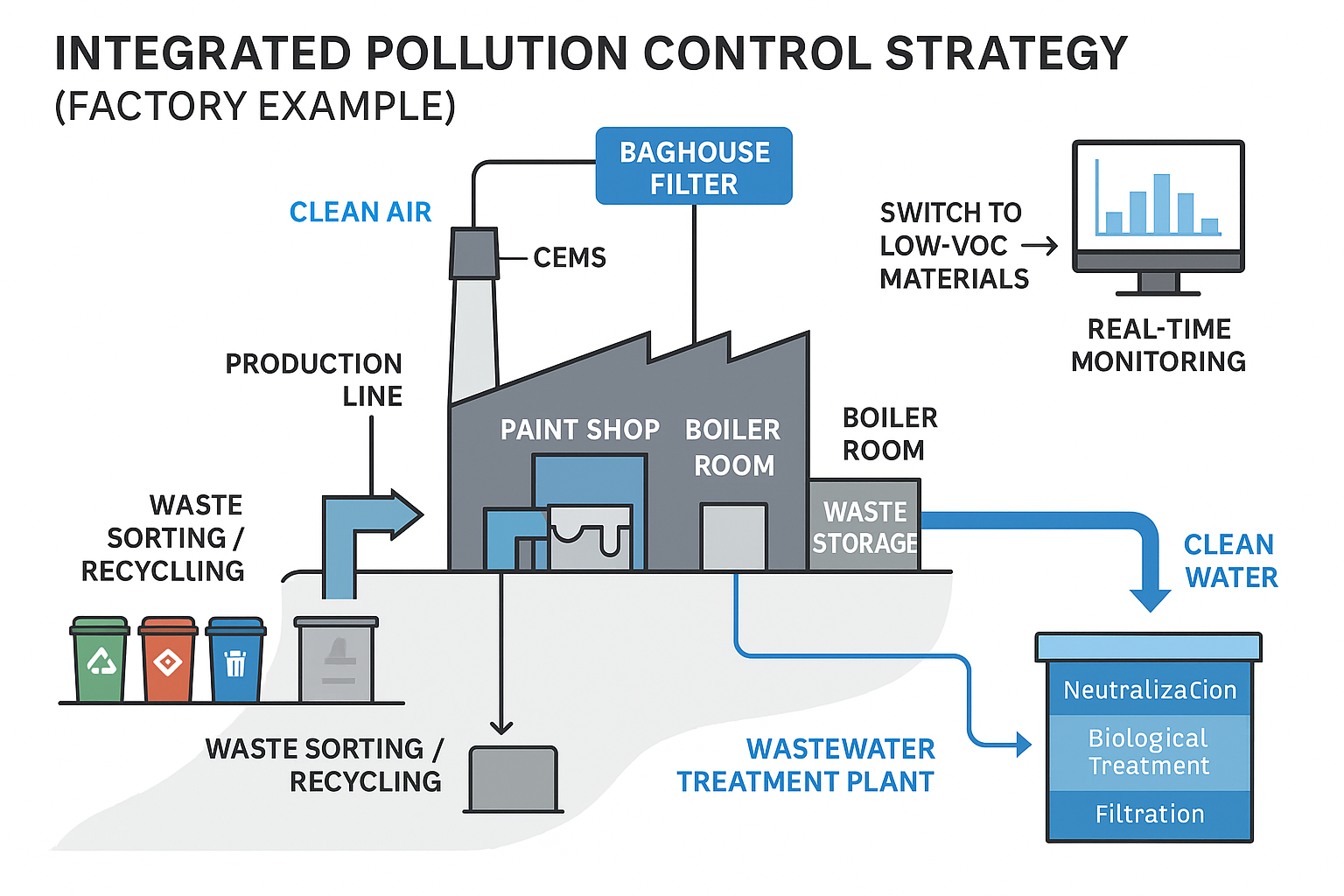
US EPA – Pollution prevention approaches should be considered first: e.g., use less toxic materials, adopt cleaner processes, and improve efficiency to reduce pollution at the sourceepa.gov.
US EPA – Examples of air pollution control technologies include mechanical collectors, wet scrubbers, fabric filter baghouses, electrostatic precipitators, and thermal oxidizers, which can effectively capture or destroy pollutantsepa.gov.
US EPA – Beyond local measures, sometimes regional or national control strategies and economic incentives (like emissions trading and caps) are needed to address pollution that travels or to drive broader complianceepa.gov.



